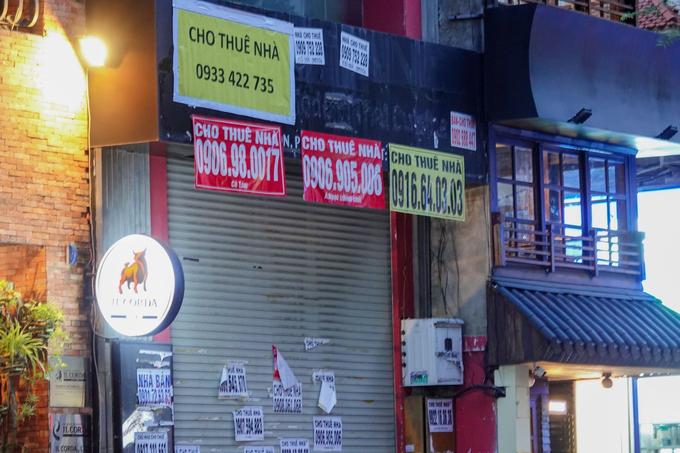
Many restaurants and eateries in the Korean-Japanese neighborhood in Ho Chi Minh City have closed.
While cleaning tables and chairs, Ms. Tuyen, manager of a Korean-Japanese restaurant on Thai Van Lung Street (District 1, Ho Chi Minh City) sighed when from 2pm until evening, there were only 3 tables of customers coming to eat. She had to assign staff to the front door of the restaurant to invite customers but the situation did not improve.
"It's like that on the first day of the week, only Sunday afternoon is crowded. This is a common difficult situation so we can't avoid it," Ms. Tuyen said sadly.
Doing business on the most expensive street in Ho Chi Minh City, Ms. Tuyen admitted that since the Covid-19 pandemic, the restaurant has been in the most difficult situation.
Not only Ms. Tuyen’s restaurant, but also other restaurants and eateries along the street known as the Japanese-Korean street are deserted. On weekday evenings, each restaurant has only a few tables of customers.
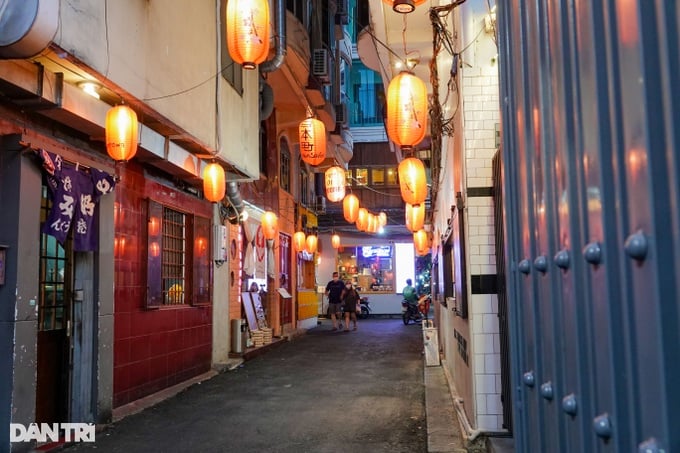
Japan Town is famous for Japanese and Korean culture and cuisine (Photo: Nguyen Vy).
According to Ms. Tuyen, she is one of the few restaurant owners still holding on to this bustling neighborhood. Although business has improved, the restaurant has only recovered 30-40% compared to before the pandemic.
"My restaurant is mostly frequented by Korean customers. Japanese customers are rare these days. Therefore, the restaurant has only been open until 10pm, because there are no more customers by 9pm," said Ms. Tuyen.
According to the female owner, the number of customers has shown signs of recovery compared to when she first opened after the Covid-19 pandemic. However, the distance to returning to the "golden" days is still very far.
Previously, the restaurant’s nine staff had to work through the night to serve the large number of customers. It was common for the restaurant to close at 3am every day.
However, the restaurant is currently only crowded at noon on weekends. On weekdays, the restaurant is extremely deserted. Ms. Tuyen was forced to reduce the number of waiters and chefs to 4, and reduce the number of shifts from 2 to 1.5.
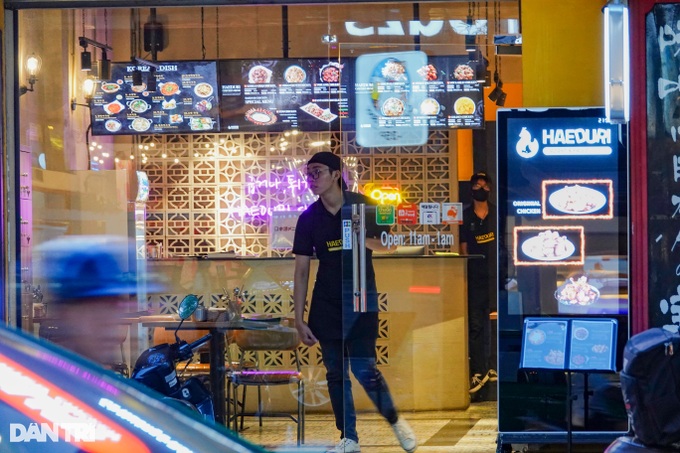
Many shops have started to have customers again, showing positive signs of business recovery but are still only at a holding level (Photo: Nguyen Vy).
"Revenue is only enough to cover expenses and maintain the restaurant. After the pandemic, everything went up in price, only revenue remained stagnant," Ms. Tuyen confided.
The female owner said that during the social distancing period due to the Covid-19 pandemic, she and many surrounding businesses had to endure huge losses. It was a miracle that her restaurant was able to "survive" the pandemic.
"I just hope that more tourists come to Ho Chi Minh City and that the shops will be as crowded as before. We are so lucky to be able to hold on at this time," Tuyen confided.
Ngoc Oanh, a cashier at a Japanese-style restaurant in downtown Ho Chi Minh City, said that after the Covid-19 pandemic, the number of customers coming to the restaurant tended to decrease.
"Previously, the restaurant was always full and the service was non-stop. Revenue could reach up to 100 million VND/day, but now it is only maintained at a few tens of million VND, very few customers," Oanh shared.
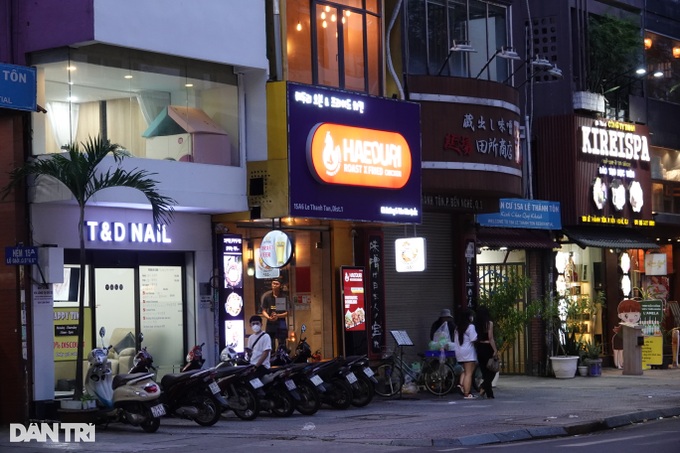
Some premises that previously had "for rent" signs are now lit up and have begun to have customers (Photo: Nguyen Vy).
Not as lucky as Ms. Tuyen, Mr. Huynh Du (owner of a restaurant also in the Japanese-Korean neighborhood) lamented: "Now we just hope for a miracle to be able to return to the way things were before the pandemic. We have tried to invest a lot but the number of customers is not as stable as before. If this situation continues, we don't know what will happen to the restaurant."
*Names of some characters have been changed.
According to the Vietnam National Administration of Tourism, in the first 6 months of 2023, Vietnam welcomed more than 5.5 million international tourists, including about 204,000 tourists from Japan. In terms of Japanese tourists alone, this number decreased by 50% compared to the same period in 2019.
Meanwhile, the number of Korean tourists reached more than 1.3 million, China 399,000, Taiwan (China) 252,000. Not to mention other tourist sources such as Cambodia, India, Laos, Thailand, Singapore, ... recovered at over 100%.
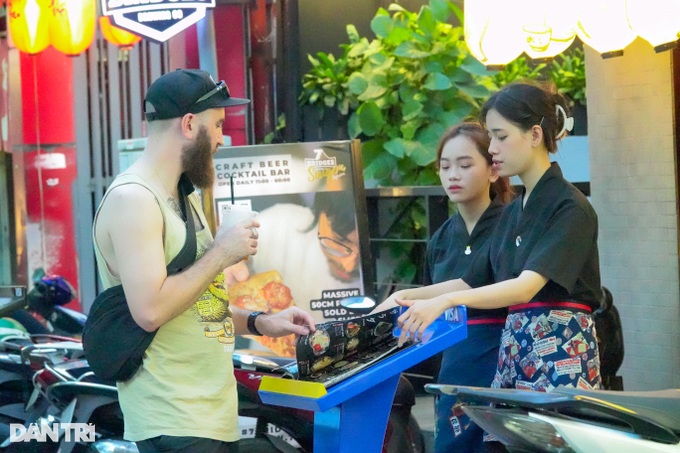
Foreign visitors are excited about the diverse cuisine in the bustling neighborhood (Photo: Nguyen Vy).
During the recovery period from the impact of the pandemic, the Japan Tourism Agency (JTA) and the Japan Tourism Association have just launched a policy package to encourage Japanese people to travel abroad with 24 selected destinations, including Vietnam. Japan expects about 20 million Japanese people to travel abroad in 2024, equivalent to the pre-pandemic level.
Source link



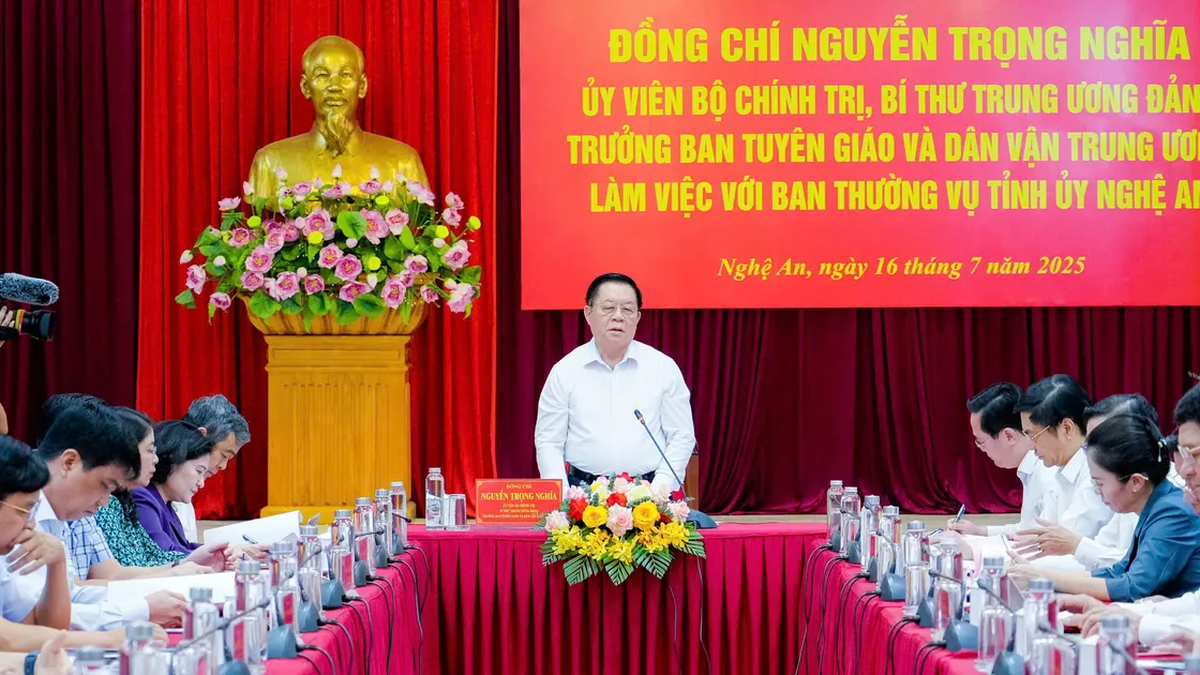
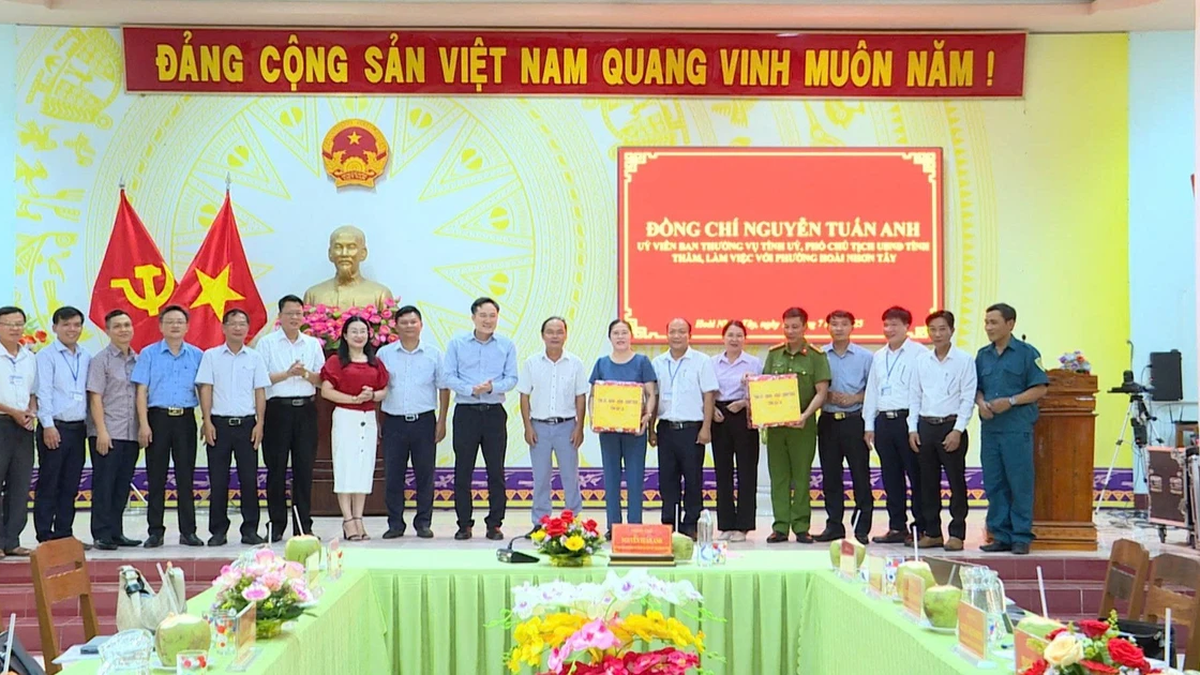
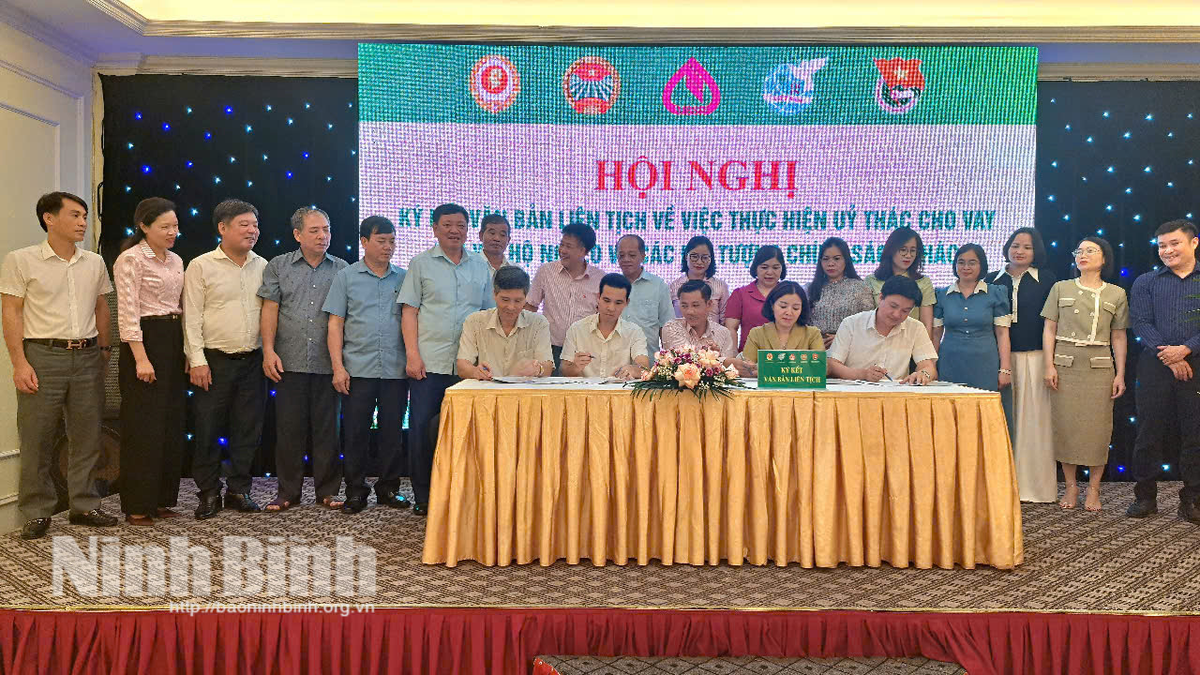
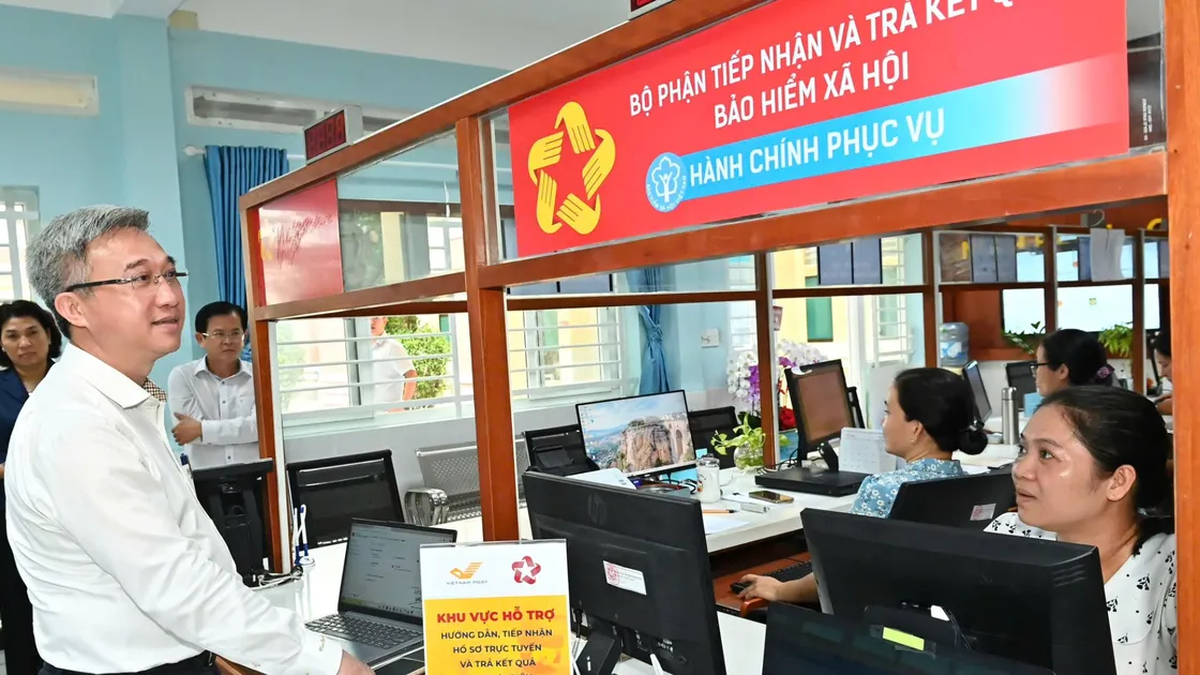
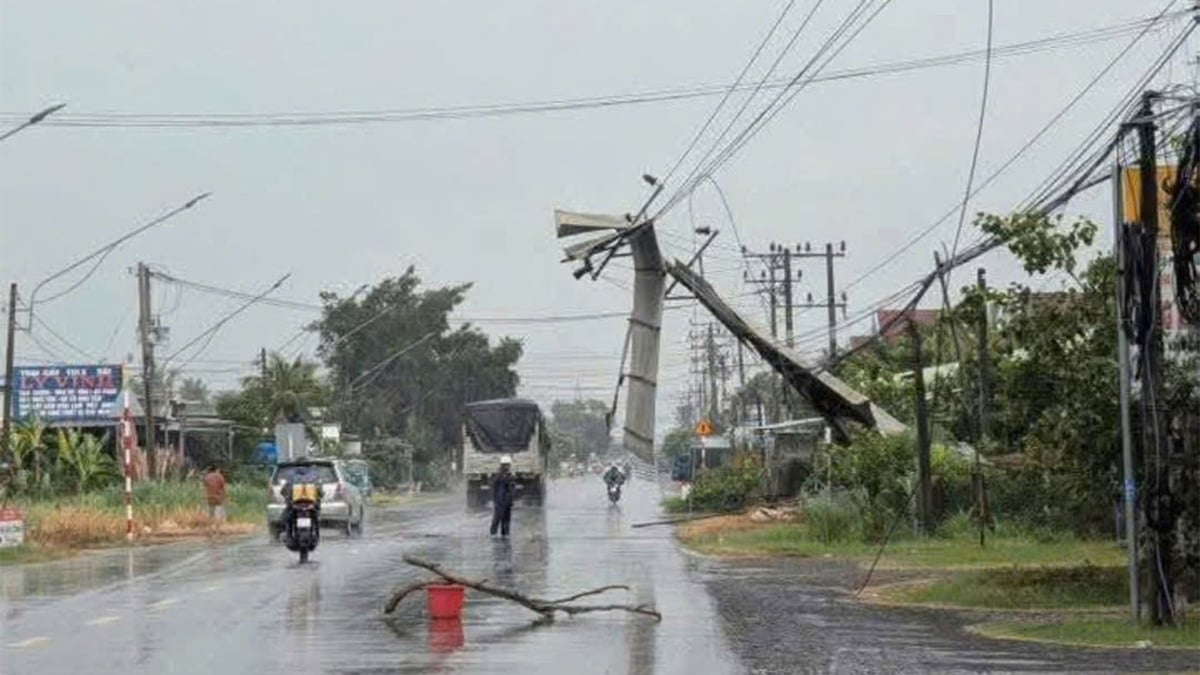
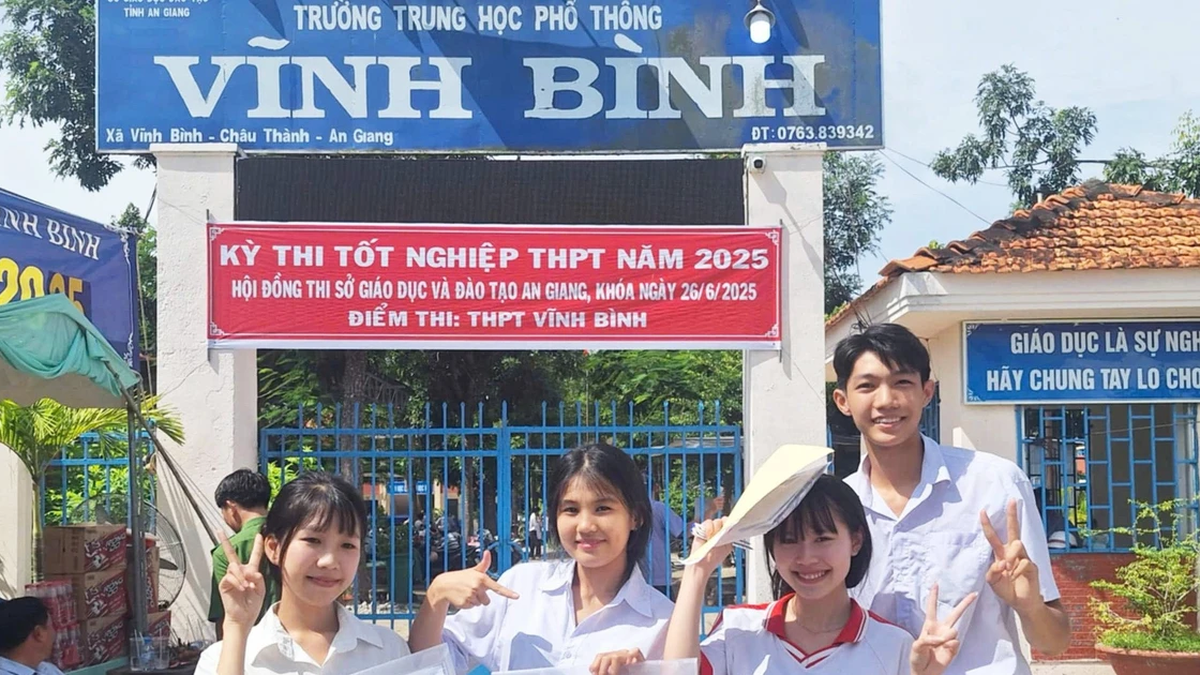


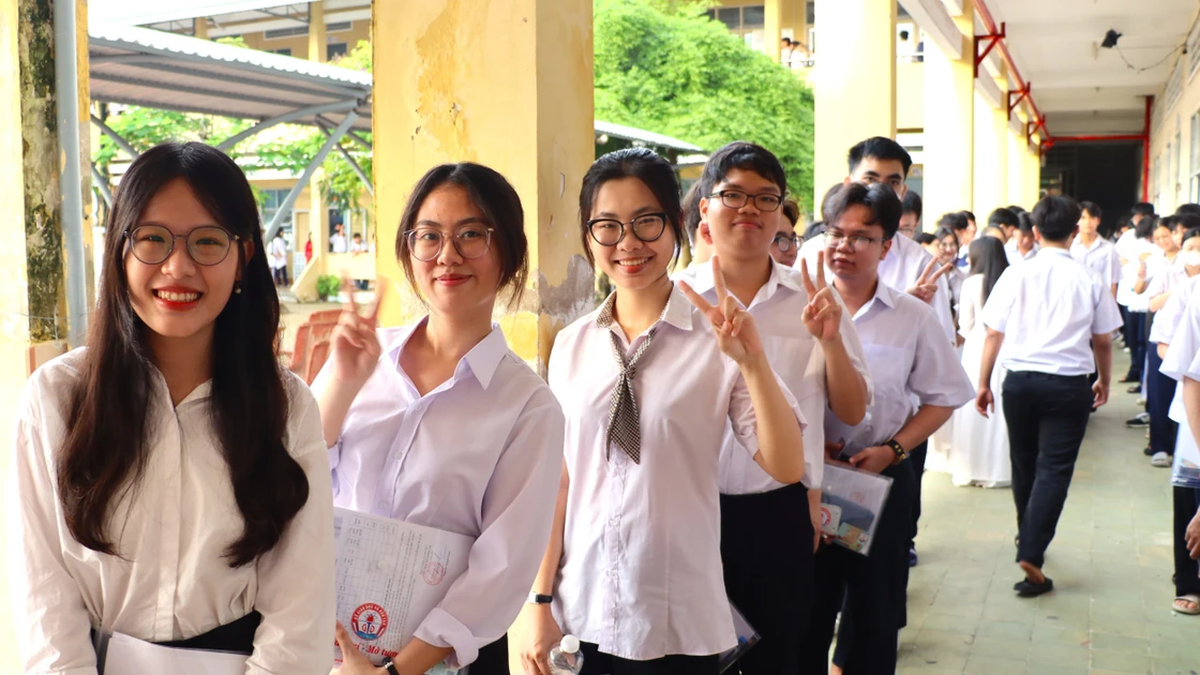







































![[Maritime News] More than 80% of global container shipping capacity is in the hands of MSC and major shipping alliances](https://vphoto.vietnam.vn/thumb/402x226/vietnam/resource/IMAGE/2025/7/16/6b4d586c984b4cbf8c5680352b9eaeb0)













































Comment (0)